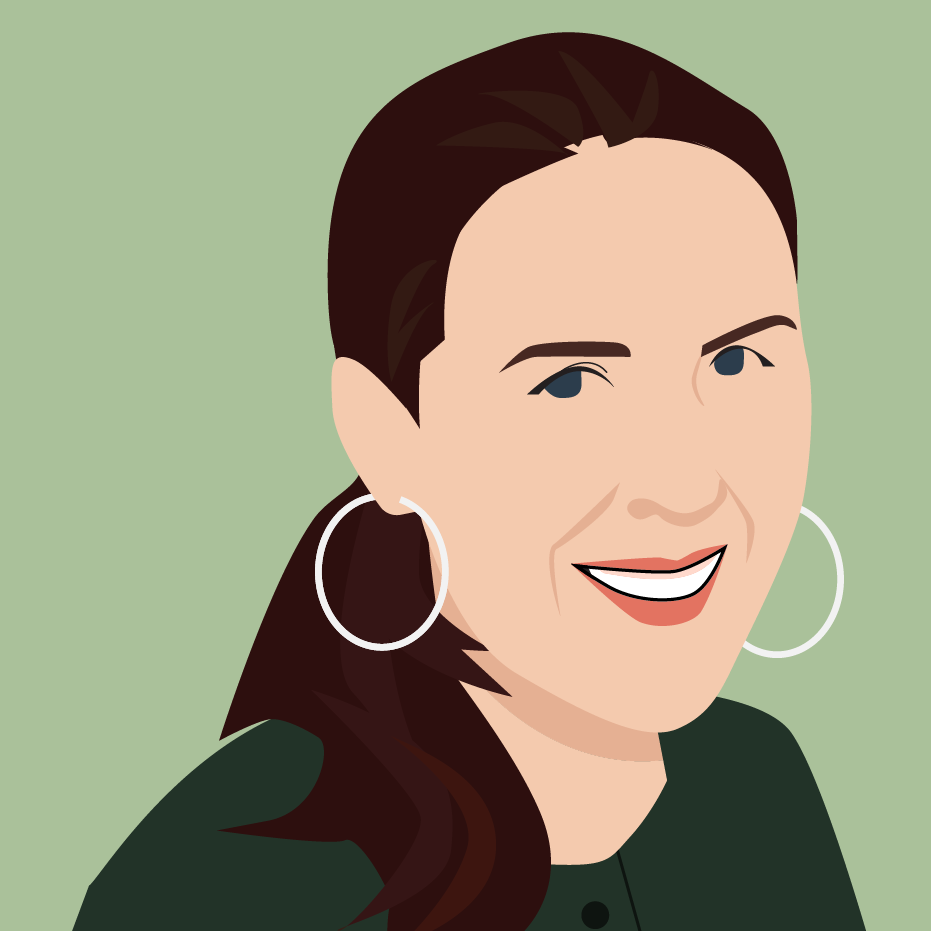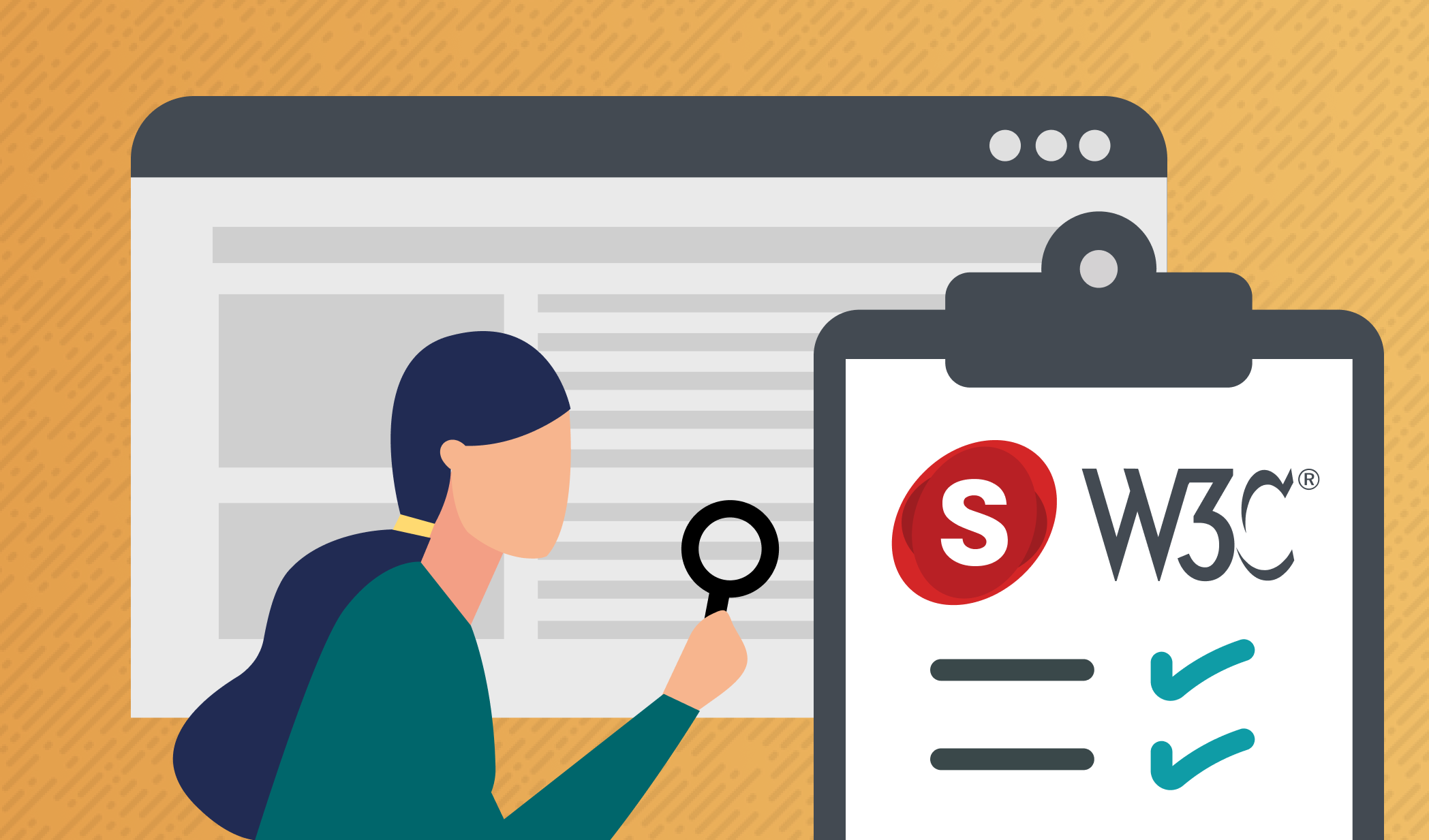Barriers to accessibility
Although we hear accessibility discussed more often in the digital space, unfortunately, there are still several barriers to break through.
One barrier is that if we don’t incorporate accessibility from the very beginning in our project lifecycle, it can become costly. It’s similar to if we didn’t do any QA on the site we’re building until the very end, it’s extremely likely that we’re going to find major bugs that require rethinking our code and its implementation. Accessibility is no different. If we wait until the end, we’re going to find issues that affect our budget, scope and timeline.
Accessibility also isn’t easy. Although there are many more educational resources available now than there were even five years ago, there can be a steep learning curve in understanding how each standard applies to design and development.
However, these aren’t the biggest barriers to accessibility. The barrier that exists but that most people don’t want to focus on or don’t realise exists is that we live in an ableist world. For those of us without disabilities, it’s easy to see the world from our perspective and to do what works best for us. If we can see, hear, perceive and understand, then everything seems like it’s working as expected. We often don’t think about how functionality that was created to meet accessibility standards helps those of us non-disabled users as well.
For example, have you ever turned on captions for a video, because the sound quality on what you were watching wasn’t great or you were somewhere that didn’t allow you to turn the volume up? Have you ever been walking somewhere and were able to easily make a call or navigate to a website or app one-handed, because the buttons on your phone were large enough to do so? But this is exactly what we need to be thinking about: how accessibility helps all of us and leads to a more inclusive environment.
How do we make accessibility the norm, not the exception?
The answer to this question is often making sure that we have empathy for those with disabilities. Empathy is important because it allows us to understand why “it’s too hard,” “it costs too much,” or “it would be the right thing to do, but we don’t have time” does not work in this situation. We start to understand the frustration and anger of not being able to do simple tasks like buying groceries for the week or buying new clothes online. But empathy isn’t enough.
Empathy allows us to try on the emotions of others without actually having to be in their shoes. However, for those who are not disabled, we will never truly understand what it means to be disabled. This doesn’t mean that we shouldn’t have empathy. We absolutely should. But there needs to be more.
We need to be open to learning more. We need to work alongside people with disabilities and ask them questions to understand their experiences on the web and in life. We need to realise that we are always learning and growing and that starting by including basic accessibility practices into our work is better than nothing. From there, we learn more and then we implement more.
When we start learning anything new, whether it’s how to be a good project manager or how to code in Drupal, we don’t start out knowing enough to be considered an expert in our respective fields. We start with foundational knowledge and learn more as we go. It’s the same with accessibility. We’re looking for progress, not perfection.
Once you start to learn more, the goal is to go beyond the accessibility guidelines and standards. The Australian Government’s Digital Service Standard criterion, “Make it ", is an example of how we can make websites and the information contained within them available to all by combining usability and accessibility practices.


